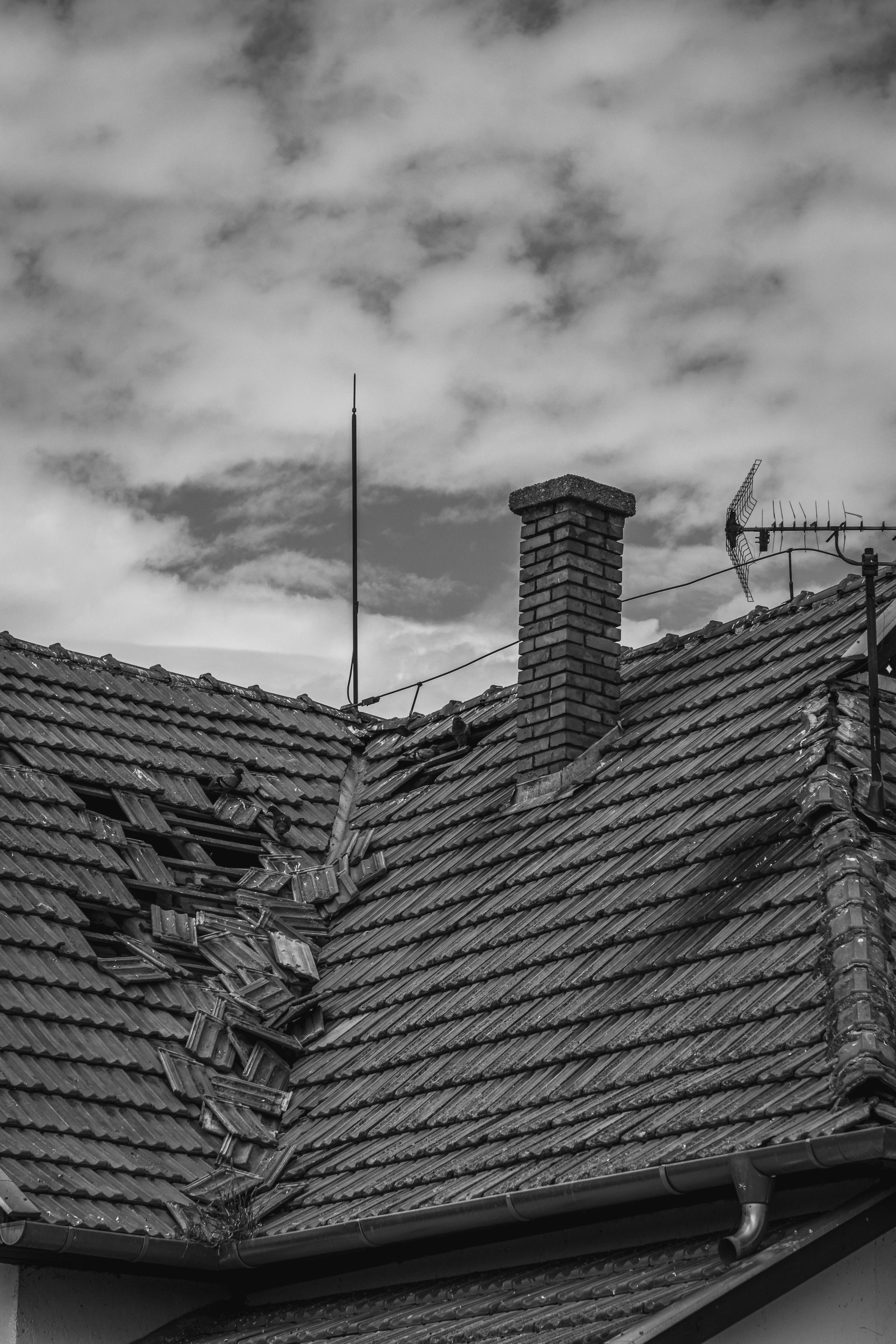The Hidden Costs a RICS Survey Can Help You Avoid
When you're buying a property, it's easy to get swept up in the excitement of finding your dream home. However, beneath the surface, there may be costly problems waiting to emerge. A professional RICS Home Survey doesn’t just provide peace of mind—it can save you from making an expensive mistake.
At Knott Brothers, we conduct Level 2 and Level 3 RICS Surveys across Leicestershire and beyond, helping buyers uncover hidden issues before they become financial burdens. In this blog, we explore the hidden costs a RICS survey can help you avoid and why a survey is one of the most important investments you’ll make in the buying process.
1. Structural Repairs
One of the most expensive issues a property can have is structural damage. Cracks in walls, uneven flooring, or roof sagging may not seem serious at first glance, but they can indicate major structural faults or subsidence. If left undetected, these can cost tens of thousands of pounds to repair.
A
RICS Level 3 Building Survey is specifically designed for older, altered, or less conventional properties. It gives in-depth insight into the building's structure. It highlights any urgent repair work that may be required, helping you decide whether to proceed with the purchase, renegotiate, or walk away entirely.
2. Roof Repairs and Replacement
A new roof is one of the most expensive improvements a homeowner might face. Missing tiles, rotting timbers, or poor insulation can all lead to serious problems, including leaks, heat loss, and even structural decay. A RICS survey includes a thorough inspection of the roof (from ground level or accessible vantage points) to highlight signs of wear and deterioration, alerting you to potential hidden costs before they arise.
3. Damp, Mould and Timber Decay
Damp is more than unsightly—it can cause mould growth, rot, and long-term health issues. Yet many cases of damp are invisible to the untrained eye, especially if they have recently been covered up by paint or wallpaper. A RICS surveyor will spot tell-tale signs of rising damp, condensation or penetrating water ingress, and note any related timber decay, so you’re not surprised by a musty smell or bubbling plasterwork months after moving in.
4. Poor Plumbing and Outdated Electrics
Outdated pipework or electrical systems may still function, but they may be non-compliant with current standards or pose safety risks. Rewiring and replumbing a property can be hugely disruptive and expensive. A RICS Home Survey checks for the condition of visible services, giving you a clearer understanding of what’s working, what’s outdated, and what may need replacing, preventing future costs you didn’t budget for.
5. Hidden Cosmetic Issues
While cosmetic issues may not be structurally serious, they can still become expensive over time. Poorly installed fixtures, cracked tiles, or low-quality finishes can lead to replacements that eat into savings. A survey highlights these early on, especially in
Level 2 Surveys, giving you the information you need to make an informed decision.
Why Skipping a Survey is a Risk
Without a survey, you’re relying on your visual inspection and what the estate agent or seller tells you. Unfortunately, many property issues aren’t immediately apparent, and what you don’t know could cost you thousands. For a fraction of the cost of these potential repairs, a
RICS Home Survey from Knott Brothers can highlight these concerns before you commit, helping you avoid expensive surprises and giving you confidence in your purchase.
Book Your RICS Survey Today




